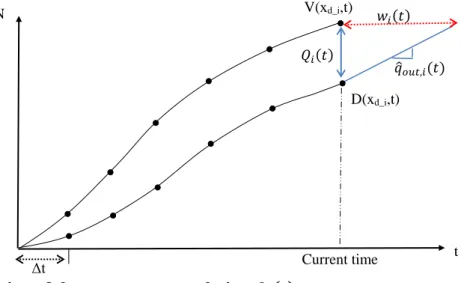TítuloHighway travel time information system based on cumulative count curves and new tracking technologies
Texto completo
Figure




Documento similar
To sum up, the main original contributions of this paper are i) the use of icosahedral CNNs over SRP-PHAT maps for DOA estimation and tracking of sound sources and ii) the use of a
No obstante, como esta enfermedad afecta a cada persona de manera diferente, no todas las opciones de cuidado y tratamiento pueden ser apropiadas para cada individuo.. La forma
The interplay of poverty and climate change from the perspective of environmental justice and international governance.. We propose that development not merely be thought of as
In the preparation of this report, the Venice Commission has relied on the comments of its rapporteurs; its recently adopted Report on Respect for Democracy, Human Rights and the Rule
Requirements that appear technically chal- lenging include the time to setup the LGS/MCAO system, rapid real-time selection of guide stars for any position on the sky, use of
Therefore, the main goal of this work is to analyze the performance and the optimal system configuration update strategies over different time functions-based signature
(hundreds of kHz). Resolution problems are directly related to the resulting accuracy of the computation, as it was seen in [18], so 32-bit floating point may not be appropriate
Lundvall and Juran's (1974) theory presents a static point of view, insofar as it does not take into account the effects that prevention and appraisal expenditure has on total